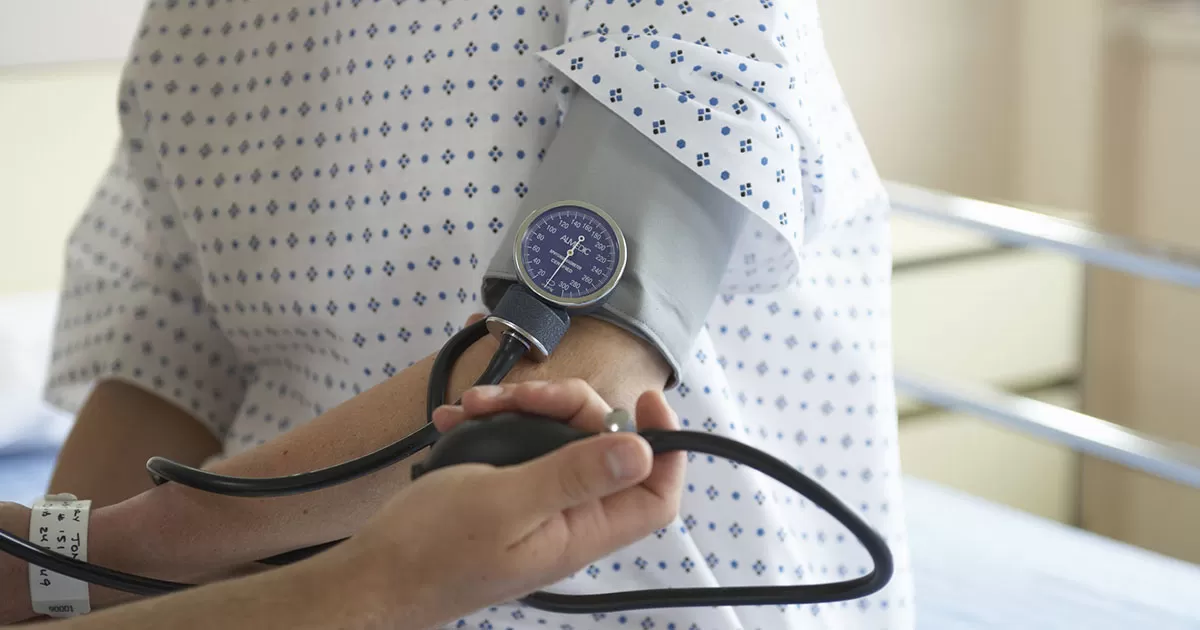How to Monitor Your Blood Pressure

High blood pressure—sometimes called a “silent killer”—often has no warning signs or symptoms, which means many people may not even know they have it. And this can be dangerous because having untreated high blood pressure may increase a person’s risk for stroke and heart disease—two of the leading causes of death in the US. That’s why regular blood pressure screenings are so important.
Checking blood pressure
If your blood pressure is normal, you should get it checked every 2 years starting when you’re 20 years old. However, if you have a confirmed diagnosis of high blood pressure from your healthcare provider, you should get your blood pressure checked more often. The American Heart Association (AHA) recommends that you work with your healthcare provider to manage your high blood pressure. They also recommend that you monitor your blood pressure at home to help the healthcare provider determine whether your treatments are working for you. Always follow your healthcare provider’s advice as to when and how often you should get your blood pressure checked.
White coat hypertension
Some people may experience stress when they’re in a doctor’s office, which can make their blood pressure higher. This is called “white coat hypertension.” If this happens to you, your healthcare provider may screen you for high blood pressure in a different way. This may include at-home monitoring and monitoring when you feel stressed, angry, or upset. You and your healthcare provider may get a more accurate reading this way.
Getting an accurate blood pressure reading
To help you get an accurate blood pressure measurement no matter where the screening takes place, use the following tips.
Before your reading:
- Go to the bathroom and empty your bladder.
- Don’t smoke, drink beverages that have caffeine, or exercise for 30 minutes.
- Sit calmly for at least 5 minutes.
- Push the sleeve of your shirt up so the reading isn’t taken over your clothes.
During your reading:
- Sit with your feet flat on the floor. Don’t cross your legs.
- Rest your back against a chair, making sure it’s straight and supported.
- Place your arm on a flat surface, such as an arm rest or table.
- Don’t talk while your reading is being measured.
Things to remember when measuring blood pressure at home:
- Choose a blood pressure monitor with a cuff that fits around the upper arm. Wrist and finger monitors are not recommended.
- Measure your blood pressure every day around the same time.
- Take 2 or 3 measurements, one minute apart.
- Record your measurements to share with your healthcare provider.
At home, if your blood pressure measurement is suddenly elevated, don’t be worried. Measure your blood pressure a few more times, and if it continues to remain elevated, contact your healthcare provider. If your blood pressure measurement is higher than 180/120, wait 5 minutes and re-test. If the new measurement is still increased, you may be experiencing hypertensive crisis (blood pressure higher than 180/120). You need to contact your healthcare provider immediately. You should also let your healthcare provider know if you have any low blood pressure readings. These may need to be evaluated too.
Questions to consider asking your doctor if you have high blood pressure:
- How often should I monitor my blood pressure?
- What type of home blood pressure monitor should I use?
- What lifestyle changes can I make to help manage my blood pressure?
- Are there any medications I need to take to help lower my blood pressure?
[1][2][3][4][5][6][7][8][9][10]
References
- 1. National Institute on Aging. High Blood Pressure. Accessed June 15, 2018.
- 2. Centers for Disease Control and Prevention. Leading Causes of Death. Accessed September 4, 2018.
- 3. Healthfinder.gov. Get Your Blood Pressure Checked. Accessed September 4, 2018.
- 4. American Heart Association. How High Blood Pressure is Diagnosed. Accessed February 26, 2018.
- 5. American Heart Association. Heart-Health Screenings. Accessed February 1, 2018.
- 6. American Heart Association. Monitoring Your Blood Pressure at Home. Accessed August 17, 2018.
- 7. Harvard Health Publishing. How to Monitor-and Lower-Your Blood Pressure at Home. Accessed August 17, 2018.
- 8. Harvard Health Publishing. Tips to Measure Your Blood Pressure Correctly. Accessed November 11, 2018.
- 9. Health Essentials. Cleveland Clinic. How Can I Tell If I Have White Coat Hypertension? Accessed September 4, 2018.
- 10. Familydoctor.org. Blood Pressure Monitoring at Home. Accessed October 10, 2018.





